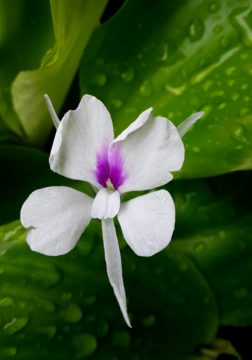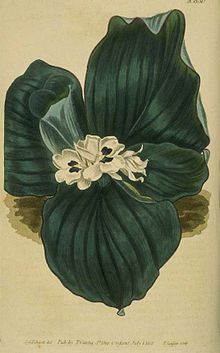FAMILY :: ZINGIBERACEAE
$100 pesos
Kencur, sand ginger, cekur (in Malay), Lesser Galanga: Grows well here in Vallarta in light, well-drained, though moist soil in full or part sun. Flowers at the start of the rain season and the flowers are very beautiful, though limited in quantity. It is dormant in the winter.
The herb is used in Javanese and Balinese cuisines. In China and Thailand it is used as a medicine. It has a peppery camphorous taste.
The decoctions and the sap of the leaves may have hallucinogenic properties, which may be due to unidentified chemical components of the plant’s essential oil fraction. (Thomas Nordegren (2002). The A-Z Encyclopedia of Alcohol and Drug Abuse, p. 303. ISBN 978-1-58112-404-0.). I haven’t yet tried this plant for any of these properties.

“Kencur is a small plant that can grow well in the lowlands to the highlands, as long as the soil is loose and not excess water. Kencur plants can be planted in pots or in the garden, irradiation can be all day or half shaded.
The kencur or kencur leaves are sought after because they are used as cooking spices, they are also medicinal. In Sundanese and Malay, kencur leaves are referred to as ‘turtle leaves’. There are also several other names of these berimpang plants, namely: Asauli, Sauleh, cakua, chubby, curse, ceuko, clumsy, supporting, and kencor.
You can use the parts of the kencur plant (traditionally) to treat illnesses, including colds, gastroenteritis, inflammation of children, influenza, cough, hypertension or high blood pressure, laryngitis, gout, obesity, sprains, tired eyes, diarrhea, dirty blood, and irregular menstruation. Kencur is also used as an appetite enhancer.
Kencur comes from the Sanskrit “Kachora” which means ‘white Intersection’. This plant is a spice plant that belongs to the Zingiberaceae tribe. This plant has a rhizome which contains alkaloids and essential oils.”
— Bibitbunga
